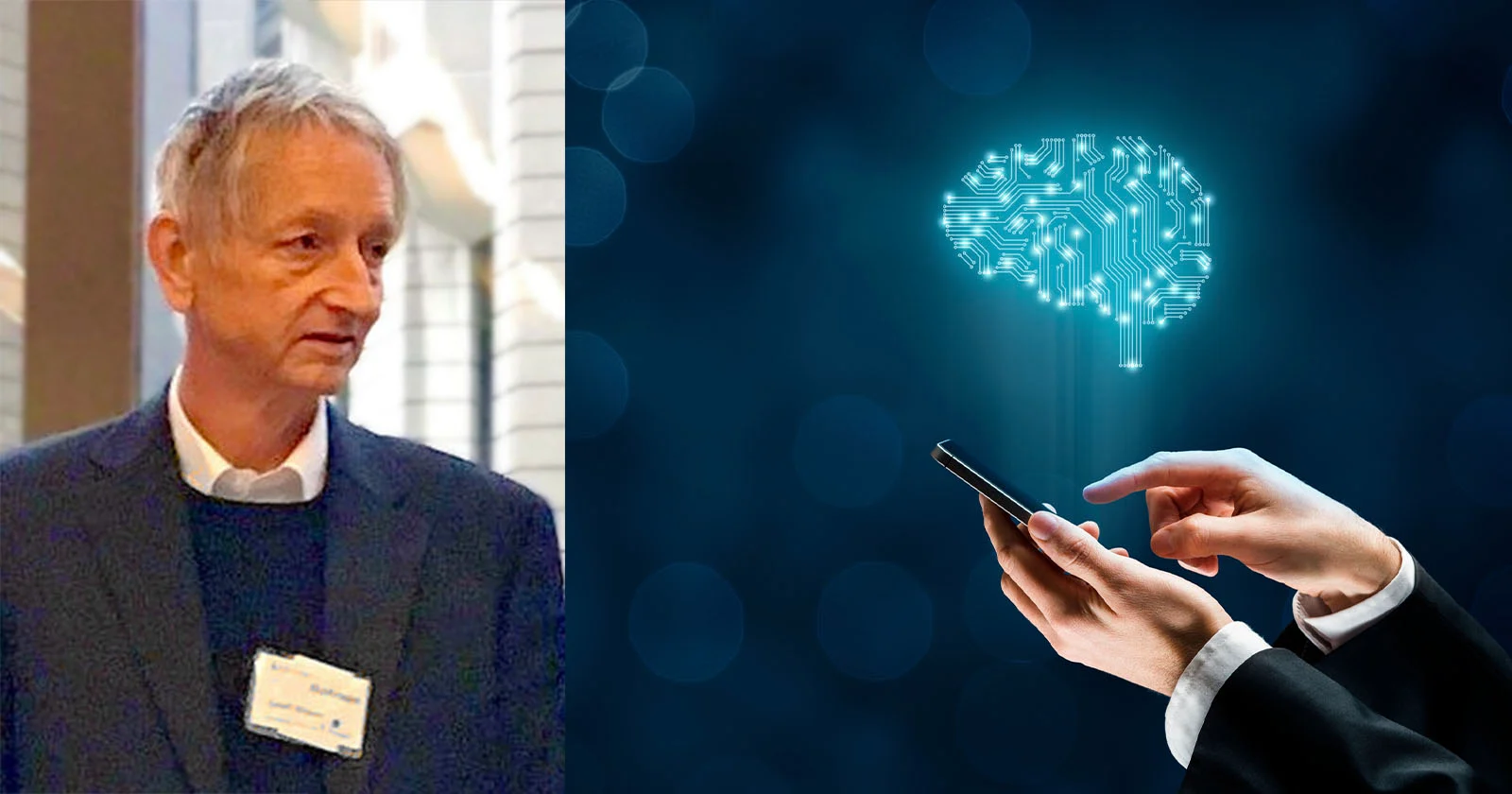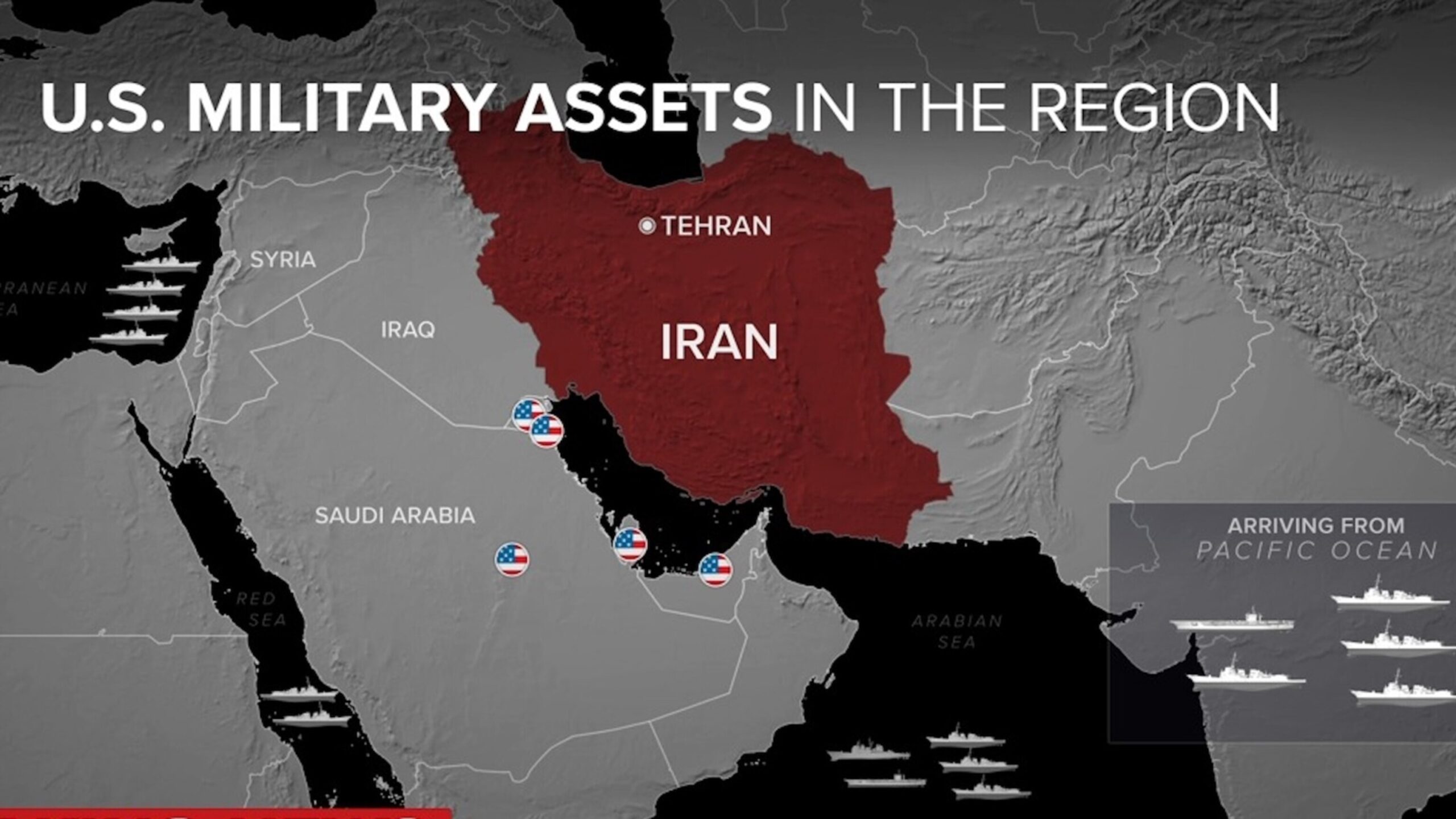
Geoffrey Hinton, a Nobel Prize-winning computer scientist and a pivotal figure in artificial intelligence (AI) development, has consistently raised alarms about AI’s potential to disrupt jobs across multiple industries. This analysis explores Hinton’s perspective on AI-driven job displacement, the key drivers behind this trend, and its wider societal consequences, while maintaining originality.
Hinton’s Concerns About AI and Employment
Hinton has voiced significant concerns about AI’s capacity to automate tasks traditionally performed by humans, especially those involving repetitive cognitive work. In a June 2025 interview on the Diary of a CEO podcast, he highlighted that AI could replace roles requiring routine intellectual tasks, such as paralegal duties, call center operations, and administrative functions. He argues that AI’s superior efficiency in these areas reduces the need for human workers, with one AI-assisted individual potentially performing the work of many.

Unlike earlier technological shifts, like the introduction of ATMs, which reassigned workers to new roles, Hinton compares AI’s impact to the Industrial Revolution, when machines displaced physical labor. He suggests AI is now automating intellectual tasks like data processing, document analysis, and customer support, challenging the notion that it will create enough new jobs to offset losses. Hinton believes only roles demanding creativity, complex decision-making, or physical dexterity may remain secure in the short term.
Drivers of AI-Related Job Displacement
Several factors fuel the AI-driven job displacement trend that Hinton describes:
- Advancements in AI Technology: Large language models, such as GPT-4 and its successors, excel at tasks like writing, coding, and data analysis, previously exclusive to humans. Hinton emphasizes AI’s ability to learn rapidly and share knowledge instantly, giving it a competitive advantage over human labor.
- Business Incentives for Automation: Companies are increasingly adopting AI to cut costs and enhance productivity. By automating routine tasks, businesses can operate with leaner workforces, a trend already visible in sectors like technology, finance, and customer service.
- Decline in Entry-Level Opportunities: Hinton notes that AI disproportionately affects recent graduates, as companies use AI for tasks like data entry, software testing, and basic programming. A 2025 SignalFire report highlighted a 25% drop in new graduate hires at tech giants like Meta and Google from 2023 to 2024, driven partly by AI adoption.
- AI’s Scalability: AI systems can be deployed across multiple tasks without extensive training, unlike human workers. Hinton points out that this scalability amplifies job displacement, as a single AI model can handle workloads previously requiring entire teams.
Societal Consequences of AI-Driven Job Loss
Hinton’s warnings extend to the broader societal impacts of AI automation. He advocates for universal basic income (UBI) to cushion the economic blow of job losses, suggesting fixed payments could offset income declines. However, he also highlights a deeper issue: the psychological impact of unemployment. Even with UBI, Hinton warns that losing work-related purpose could lead to widespread feelings of aimlessness, as jobs often provide identity and fulfillment.
Additionally, Hinton cautions that AI’s productivity gains may disproportionately benefit tech companies and their shareholders, worsening economic inequality. Discussions on platforms like X reflect similar concerns, noting that AI could marginalize human skills, concentrating wealth among those controlling the technology.
Resilient Professions and Future Prospects
Hinton suggests that jobs requiring physical skills, such as plumbing, are less susceptible to AI automation in the near term due to AI’s limitations in complex physical tasks. However, he warns that even these roles may eventually be at risk as AI advances. He estimates a 10-20% chance of AI posing an existential threat to humanity within 30 years, partly through widespread job displacement and potential misuse.
To mitigate these risks, Hinton calls for proactive government regulation to ensure responsible AI development, arguing that market-driven approaches may prioritize profits over societal well-being. While reskilling programs could help workers adapt to AI-complementary roles, Hinton remains doubtful about their ability to fully offset job losses.
Conclusion
Geoffrey Hinton’s insights into AI-driven job displacement highlight a transformative shift in the labor market. His concerns stem from AI’s ability to outperform humans in routine cognitive tasks and the economic incentives driving automation. While solutions like UBI and reskilling offer potential mitigation, Hinton underscores the need for systemic changes to address both the economic and psychological impacts of job loss. As AI evolves, his warnings emphasize the urgency of preparing for a future where human roles in the workforce may undergo profound changes.








